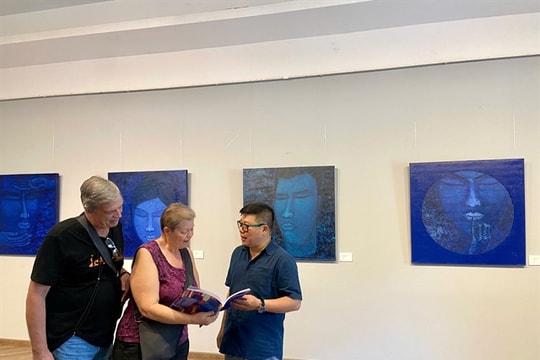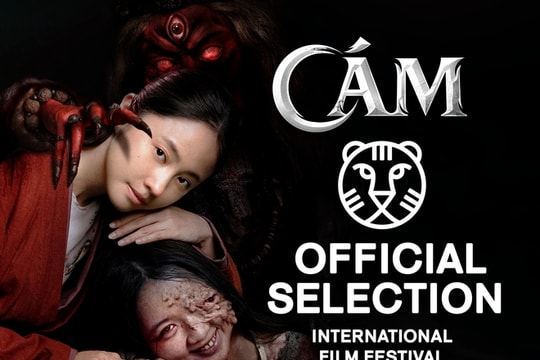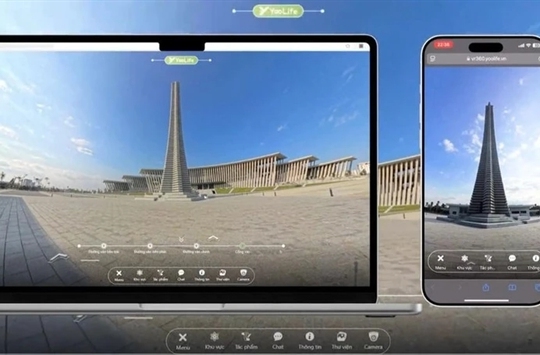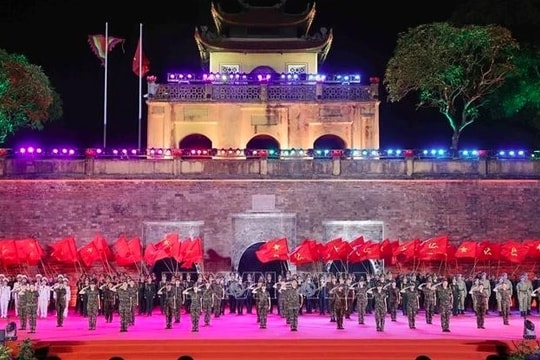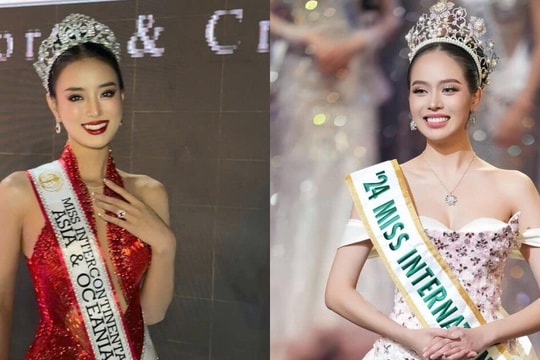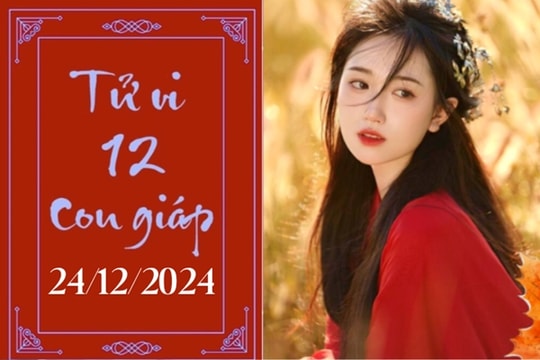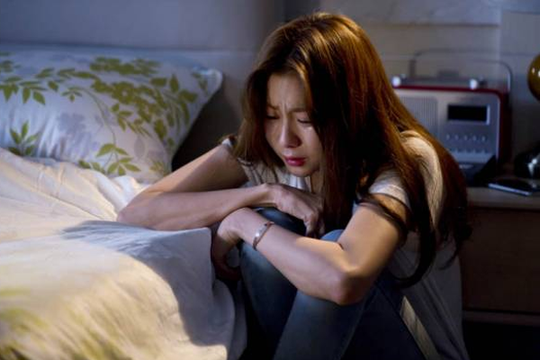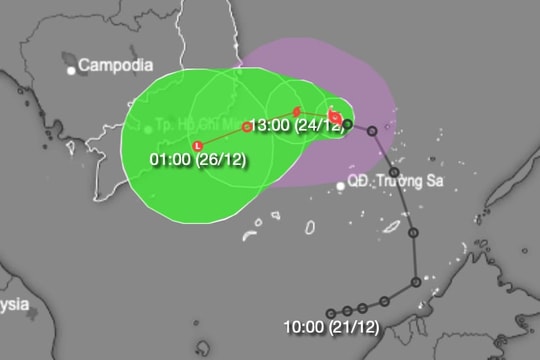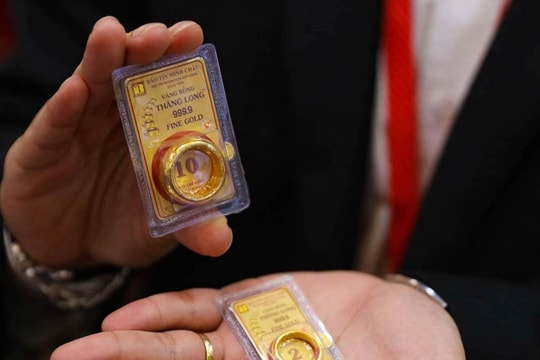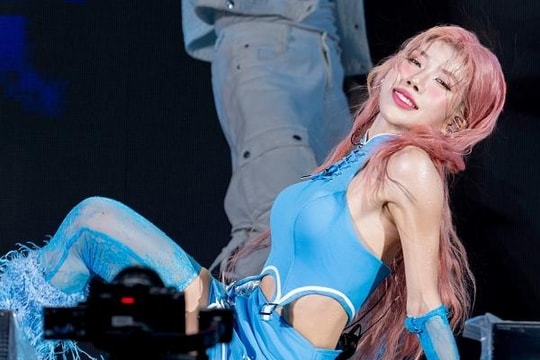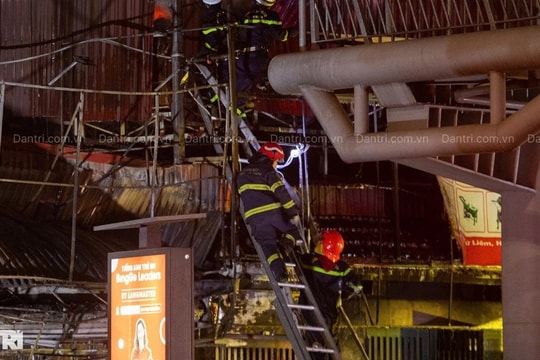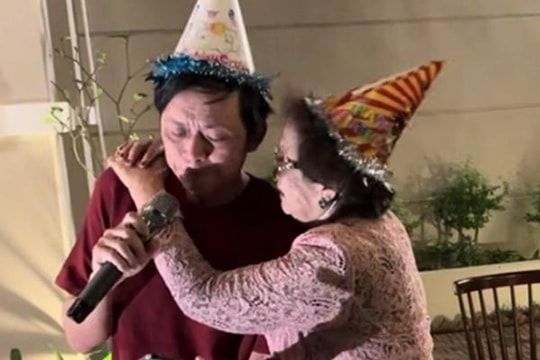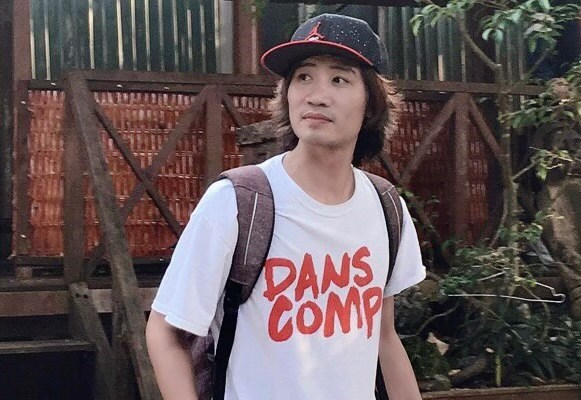 |
| Choreographer Đỗ Hiền. Photos baovanhoa.vn |
Đỗ Hiền is inspired by folk dances in the northwestern region to choreograph dances. He has received a gold medal and the best choreographer award at the National Dance, Sing and Music Festival in 2009 and 2021. Last year, he received the highest title People's Artist for his effort to preserve folk dances and bring them to audiences.
Hiền spoke about his passion for contemporary dance.
You have made your mark with dances that capture the beauty of indigenous culture. When did you begin to combine folk and contemporary dances?
In 2009, I was invited to choreograph a dance for Việt Bắc Folk Music, Sing and Dance Theatre to participate in the National Music, Sing and Dance Festival.
I went to Đồng Văn Town in the northern mountainous province of Hà Giang. I was extremely supprised by the rich folk culture. I choreographed the dance Tiếng Vọng Núi Rừng (Echo of Mountain Forest) based on culture of H'Mông ethnic group and the dance took the gold medal at the festival.
I found a resonance between the spirit of contemporary art that I am pursuing and the freedom and improvisation in every dance, lyric and rhythm of the ethnic people there.
Each ethnic group has its own story and I tell the story by my way.
Did you spend time living with the ethnic groups? What is the most memorable experiences with them?
I have travelled in the northern provinces, the central and the south of the country. I go to the remote village staying with local people.
I meet artisans and listen to their stories. When I drink wine with them, they will sing, dance and play instruments. That's amazing and that is all I need to looking for. Sometimes, the village elders show me their genealogy featuring history of dance and song.
Each of our ethnic groups has its own unique culture. Tày ethnic group dance with downward rhythm, while Thái people dance with rhythm goes up. Cao Lan people dance with odd rhythm only but Dao people dance both odd and even rhythm.
The ethnic group dances are primitive, dreamy and enchanting that I want to keep. They are beautiful for me because I love rustic beauty.
How could you help dancers to feel folk culture?
First, I need them to turn into a real ethnic person. Only then I can convey to the dancers the most original spirit of folk culture.
I ask the dancers to learn one or two movements a day. Maybe it is slow but I want the dancers to dance with their heart. They need to feel each movement.
I focus on typical cultural feature of each region and tell my own story creatively. Audience will see cultures from Tày or H'Mông ethnic groups and my personal creativity. I don't copy familiar movements in the ethnic dances.
You and your elder brother opera singer Đỗ Quốc Hưng are both People's Artists. Are you proud of it?
The title means a lot to me because dance is not popular as others. I'm happy to be recorgnised. However, it also makes me think about how I go on my path next time and review my career.
I was born in a poor farmer family in Hà Nội's outskirts. My family is not an artistic family but my brother sings well and he was recruited by Hà Nội Chèo Theatre. He also was the one who told me to study dance.
I remember that my mother used to take me to dance class four times per week by bicycle. Việt Nam Dance Academy is far away my house over 30km. I began to study at the academy at 12 years old. I don't remember how many times my mother and I go from my house to the academy. The trees along the road that were tiny back then, now have lush shade. Each I see the trees, I thank my mother.
You studied ballet but you gain success with contemporary dance. Why do you choose this genre of dance?
I studied ballet, but when I received a scholarship to study contemporary dance in France, I realised a big change in myself. My body was free and liberated, not constrained by forms.
Contemporary dance fascinates me, as a language I belong to. It fascinates me when I move my skin or my muscles.
So when I returned to Việt Nam, I founded the +84 dance group, asked for sponsorship and staged a performance myself. I wanted to take a different path, to find a language for my own body.
From 2006 to 2013, I choreographed many works with support and sponsorship from several foreign cultural funds in Hà Nội.
A dance I made to dedicate my teacher People Artist Nguyễn Công Nhạc won top prize from the Cultural Development and Exchange Fund by Denmark Embassy to Hà Nội in 2007.
But sadly there was no audience at that time. At that time, I only did it out of passion, to satisfy my desire for a new dance language to be known in Việt Nam. That was also the foundation for me to continue on the path later. VNS




